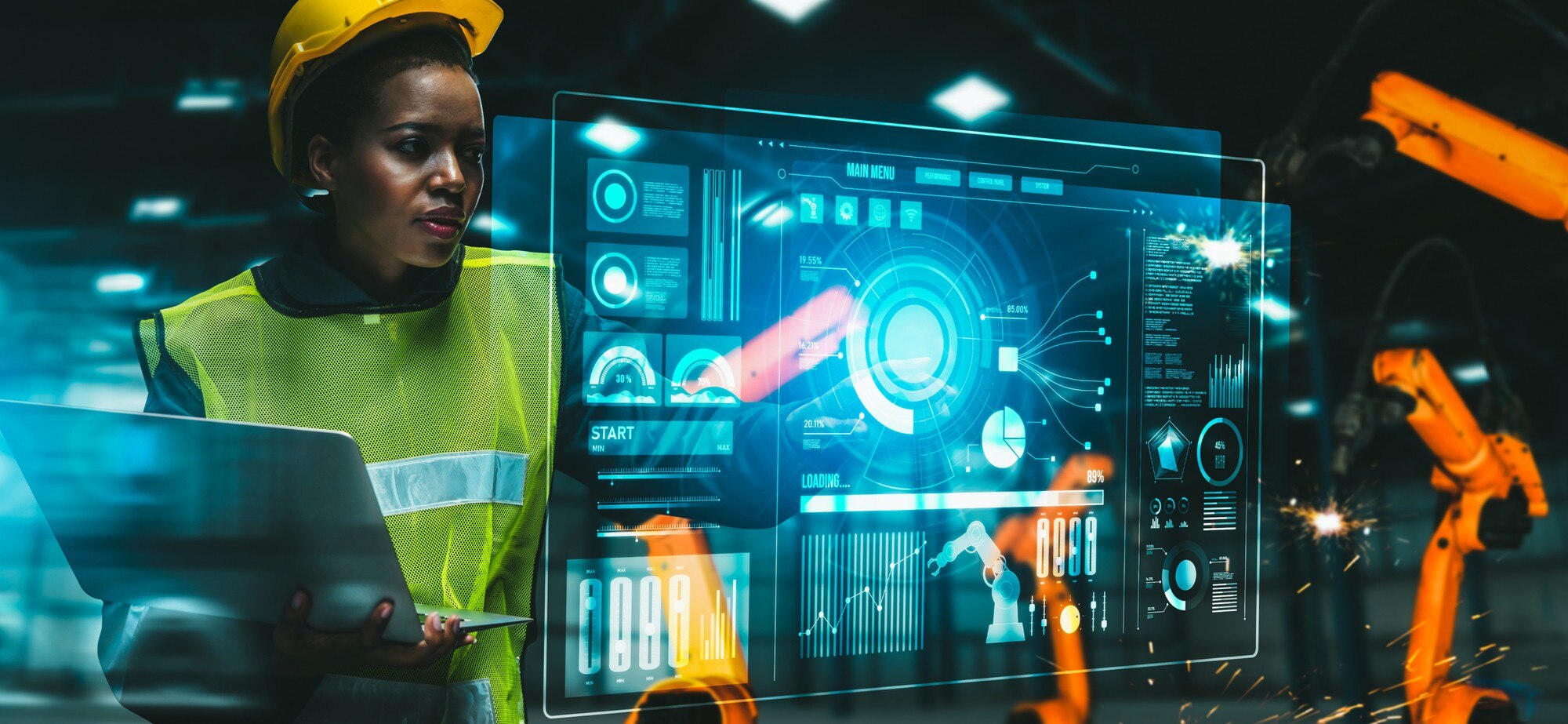The Future of Workplace Safety: Trends to Watch in 2025
The landscape of workplace safety is rapidly changing, and as we edge closer to 2025, business owners must stay informed about the emerging trends shaping the future. With advancements in technology and shifting regulatory requirements, understanding the implications for health and safety practices is crucial. From incorporating artificial intelligence in risk management to prioritising employee well-being, the trends that await us will redefine how we approach workplace safety. This post will explore these developments, offering insights into how businesses can effectively prepare and ensure compliance. As your trusted partner, Do It Safely stands ready to support you in navigating these changes with expert advice and tailored safety solutions. For further insights, visit this link.## Embracing Technological Advancements

As we move into 2025, technological advancements continue to redefine workplace safety. From artificial intelligence to wearable tech, these innovations promise to enhance both risk management and employee protection. Understanding their potential can help businesses implement effective safety measures.
AI in Risk Management
Artificial Intelligence (AI) is increasingly becoming a cornerstone of risk management in workplace safety. By analysing large sets of data, AI can predict potential risks before they occur, allowing businesses to take preemptive action. Predictive analytics, for example, can significantly reduce workplace accidents by identifying patterns and anomalies in safety data.
Incorporating AI into risk management involves several steps. Businesses need to:
Identify key safety data points.
Implement AI software that can process and analyse this data.
Train staff to understand AI-generated insights.
A real-world example can be seen in construction, where AI-driven software helps manage site safety by monitoring equipment and worker behaviour. By predicting equipment failures, workers can be alerted ahead of time, reducing incidents.
For further insights on AI in risk management, you can explore this article.
Wearable Tech for Safety
Wearable technology is transforming how we approach health and safety in the workplace. These devices, which include smart helmets and vests, provide real-time data about workers’ health and environmental conditions.
Wearables monitor vital signs, alerting both the worker and management to potential health risks. This proactive approach ensures that any warning signs are addressed promptly, reducing the likelihood of accidents or health issues.
For instance, in sectors like manufacturing, wearables can detect fatigue levels, prompting necessary rest breaks. This not only enhances safety but also boosts productivity.
For a deeper dive into wearable tech, consider reading this post.
Prioritising Employee Well-being

Employee well-being is becoming an increasingly important focus for businesses. As we look to 2025, prioritising mental health and ergonomics will be vital for maintaining a safe and productive work environment.
Mental Health in the Workplace
Mental health is a crucial component of workplace safety. Poor mental well-being can lead to decreased productivity and increased risk of accidents. Therefore, fostering a supportive environment is essential.
Businesses can promote mental health by:
Offering employee assistance programmes.
Encouraging open discussions about mental health.
Providing stress management resources.
Incorporating these strategies helps create a culture of understanding and support, which is beneficial for employees and employers alike. A comprehensive look at mental health in the workplace is available at this source.
Ergonomic Innovations
Ergonomic innovations are reshaping the way we design workspaces. Ergonomics focuses on creating environments that support the physical well-being of employees, reducing strain and preventing injury.
Key ergonomic innovations include:
Adjustable workstations.
Ergonomic chairs and equipment.
Software that encourages regular breaks and posture adjustments.
These innovations can lead to significant improvements in employee comfort and productivity. For more information on ergonomic innovations, visit this link.
Navigating Regulatory Changes

With 2025 on the horizon, regulatory changes are expected to impact workplace safety. Businesses must stay informed about compliance requirements and adapt to new safety standards to ensure a secure working environment.
Understanding Compliance in 2025
Compliance is a fundamental aspect of workplace safety. Understanding the requirements for 2025 involves staying updated on legislative changes and ensuring that all safety protocols meet these standards.
To prepare for compliance:
Review current safety policies.
Identify areas needing updates based on new regulations.
Implement training sessions to educate employees about compliance.
Ensuring compliance helps protect businesses from legal issues and enhances overall safety. For detailed information on upcoming compliance changes, refer to this article.
Preparing for New Safety Standards
New safety standards are on the horizon, and preparing for these changes is crucial. Businesses need to stay proactive to ensure their practices align with the latest regulations.
Steps to prepare include:
Conducting regular safety audits.
Investing in training and development programmes.
Updating equipment and technology to meet new standards.
By taking these actions, businesses can ensure a seamless transition to new safety standards, maintaining a safe working environment. For further insights, visit this resource.
